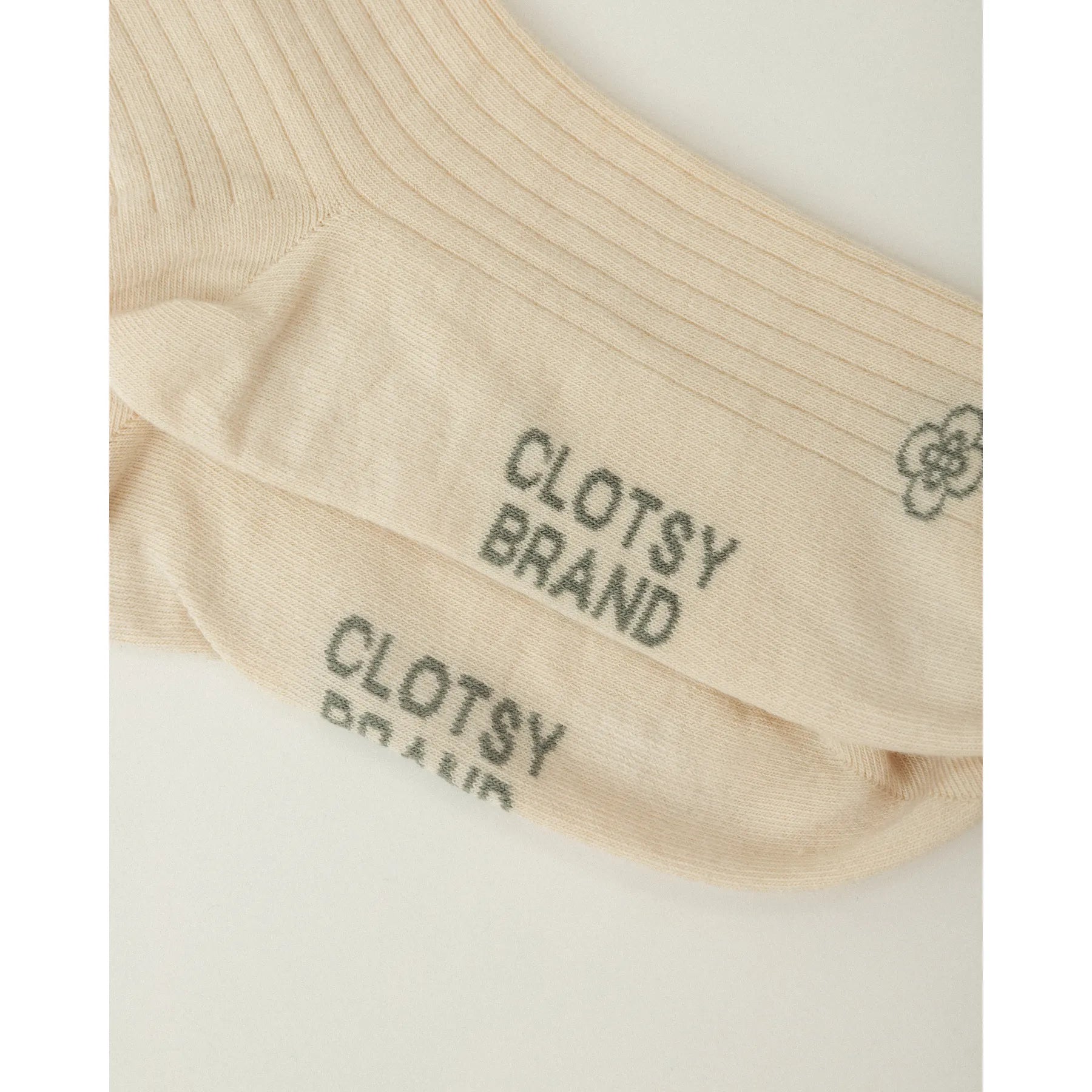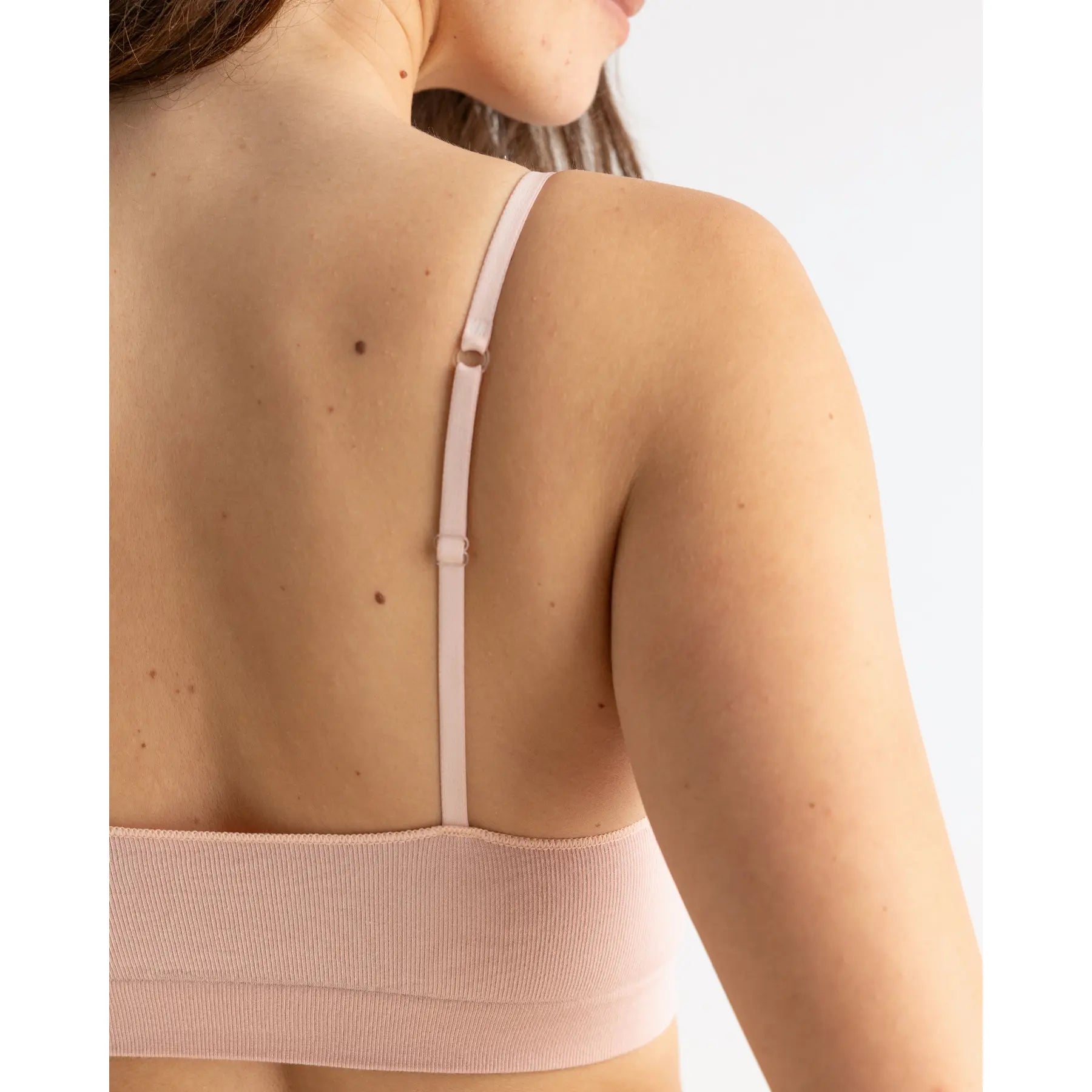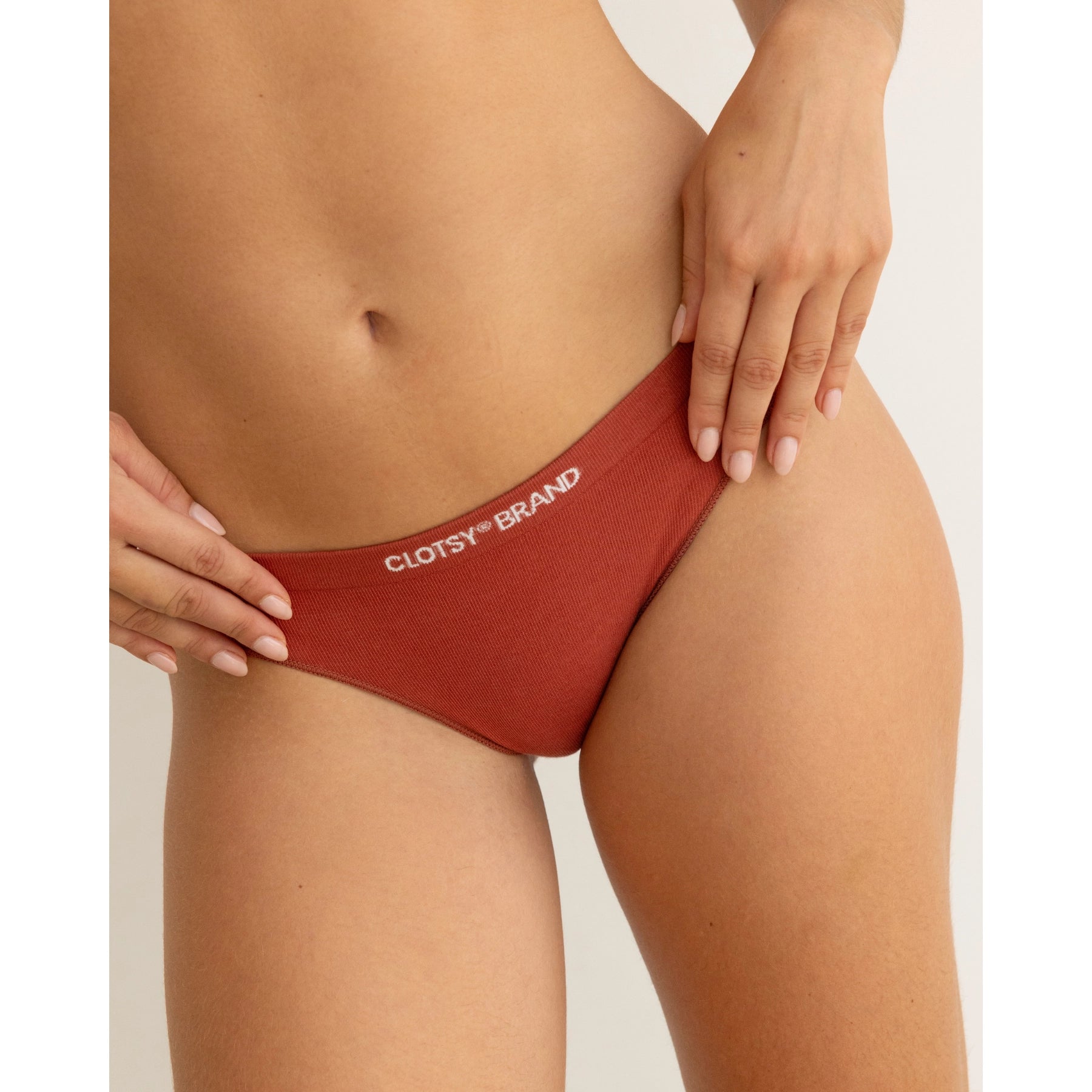
DISCOVER THE “SECOND SKIN” EFFECT
If you're reading this, it means you have sensitive or atopic skin, or you still haven't found underwear that suits you (and not the other way around) . You can stop searching: you've come to the right place.
CREATE YOUR PACK AT A SPECIAL PRICE
It's proven: once you try Clotsy underwear, you'll never want anything else . That's why we make it easy—and affordable—for you to replace your bralettes, panties, and socks.
Shipping 48-72h
Free in the Peninsula from 60€
Local Production
In family workshops with quality fabrics.
FREE EXCHANGES
Keep the perfect garment.
FAQs Sustainable Underwear
What materials are used in sustainable underwear?
In our sustainable underwear collection we use eco-friendly materials such as 100% organic cotton. These materials are chosen for their softness, durability and low environmental impact.
Is it comfortable?
Yes, we don't just say it, all our public reviews say it. We use natural materials that are soft and breathable, helping to keep your skin cool and dry. Plus, our garments are carefully crafted to offer a perfect fit, avoiding the discomfort of seams and chafing. The combination of high-quality materials and thoughtful design ensures that our garments are not only sustainable, but also extremely comfortable to wear.
What are the benefits?
Sustainable underwear offers multiple advantages that improve personal health and the environment. Below are details of these benefits in different areas.
Softness and Allergy Prevention
Underwear made from organic cotton is remarkably soft and gentle on the skin. This reduces the risk of irritation and allergies, especially for people with sensitive skin or dermatological conditions.
Breathability and Moisture Control
Organic cotton allows for excellent breathability, keeping the skin cool and dry. This feature is essential to prevent moisture build-up and minimize the risk of fungal infections.
Absence of Chemical Products
Organic cotton is grown without pesticides or synthetic fertilizers, which is essential for sensitive skin. The absence of these chemicals ensures that the underwear does not cause irritation when in prolonged contact with the skin.
Environmental Advantages
Sustainable Cultivation
Organic cotton farming employs sustainable farming practices that preserve soil quality and reduce water use. Unlike conventional cotton, no harmful chemicals are used.
Reducing the Carbon Footprint
Sustainable underwear production incorporates eco-friendly manufacturing methods that generate fewer CO2 emissions. Many brands also adopt sustainable practices in logistics and packaging to further reduce their carbon footprint.
Recyclable and Compostable Materials
Many sustainable underwear items are made from biodegradable or recyclable materials. Products made from cruelty-free bamboo or wool are environmentally friendly and easy to recycle at the end of their life.
What should the ideal women's underwear have?
Organic Certification
Organic certification is essential to ensure that garments are made from materials grown without synthetic pesticides or fertilizers. Look for labels such as GOTS (Global Organic Textile Standard), which ensure that the entire production process meets strict environmental and social standards.
Material Composition
Checking the composition of materials is crucial. Sustainable underwear should primarily feature organic cotton. Although some garments may include elastane for a better fit, cotton should be the predominant component. Other common materials include bamboo, known for its breathability and antimicrobial properties.
Build Quality
Build quality directly affects comfort and durability. Examine the seams and the finish of the fabric. The seams should be smooth and well finished, avoiding any elements that could cause chafing or irritation. It is also important to check the density of the fabric to ensure its durability over time.
Fit and Comfort
Proper fit is essential for everyday comfort. When trying on different styles and sizes, make sure that the garments are snug without being tight. Underwear should offer adequate support without causing discomfort. Prefer anatomical designs and flat seams to avoid any feeling of discomfort.
Transparency and Durability
Breathability is essential to keep your skin cool. Garments should allow for adequate air circulation, preventing moisture build-up. Some pieces are designed with mesh panels or special fabrics that enhance breathability. Additionally, it is important to opt for brands that offer long-lasting products. Check the care and washing recommendations to maintain the quality of the garments over time.






























































